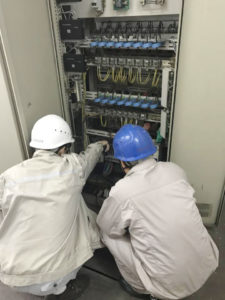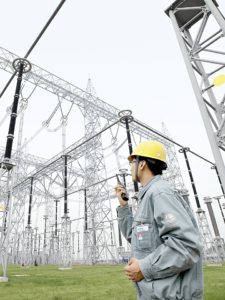
>> What may cause DC ground fault?
Some common sources of low resistances to ground include:
- Moisture in conduit
- Junction boxes or switch/sensor terminations
- Wire splices soaking in water
- Degraded cable or wire insulation caused by aging
- Environmental conditions
- Wild habitat and constant abrasion from vibration
- Sharp objects piercing cable and wire insulation
- Wires that have pulled out of their terminations and touch ground or water
- Failed capacitors or semiconductor surge suppressors.
>> Potential hazard of DC Ground Fault 
Bad consequences may include:
- Over-heating
- Auto shut down of power
- Equipments fail to work
- Damage of equipment
- Burning and more serious result
>> Who will need a ground fault locator?
Any DC power systems and stationary battery in switchgear and control applications with unintentional low resistance or solid connection to ground will need a ground fault locator to eliminate the fault. These systems are typically designed and operated as ungrounded systems which means that there should be no grounding on either positive or negative polarity.
>> What is effective ways for ground fault location?
For effective fault location, you should meet two conditions:
1) No injection of high current which might cause relay tripping.
2) Effectively bypass the interference by online current and distributed capacitance.
Kongter’s K-3837 and K-3838 ground fault locator can effectively work to meet these 2 basic conditions and are proven in the filed for much safer and faster elimination of ground fault.
